Call for Participation » InfoVis Posters
The InfoVis Poster Program provides a forum for researchers to present work that is in progress and not sufficiently mature for a regular paper submission quite yet. Posters are typically summaries of ongoing work that authors present to gain feedback from the community about the research. In addition to having a two-page article in the Conference Compendium, authors will create a large poster summarizing their work and will be available to discuss it during the scheduled evening conference reception and poster session.
Because posters only appear in the Conference Compendium, they are not considered archival publications and thus can have subsequent full papers submitted to the InfoVis or other conferences.
» Submission instructionsSubmissions should be sent via email to Jean-Daniel Fekete and Frank van Ham at infovisposters@listserv.ieee.org.
» Important DatesDeadline: July 1, 2008.
» Information for AuthorsInteractive poster authors must submit a 2 page summary in the same two-column format as is required for papers, and an optional draft of the poster layout (in pdf format). Those who intend to show demos are highly encouraged to also submit an accompanying video. Clearly identify the type of your submission by including the prefix "Interactive Poster:" in the title of your summary.
Please click here for summary poster formatting guidelines. Posters have no predefined formatting, but dimensions cannot exceed A0 paper size (841mm x 1189mm / 33.1" x 46.8"). The format for supplemental materials may be found by clicking here.
» Poster SessionAuthors of accepted interactive posters are required to bring an explanatory hardcopy poster for display during the scheduled evening poster session, and be available for discussion at that time. Accepted authors who wish to also show demos of their work are encouraged to also bring a laptop to the poster session. There will be a limited number of stations for showing videos during the main poster session. Authors who wish to show a live demo but cannot provide their own machine should contact the posters chairs in advance of the submission deadline to discuss the logistics. All authors who plan to show live demos or video should clearly indicate this fact in their submissions. Authors are also required to present a very brief one-minute summary of their interactive poster at a short preview session earlier in the day.
» Posters Review ProcessEach poster will be read and evaluated by the Posters Chairs. Submissions will be evaluated based on whether the content is suitable for the venue and not a repetition of the work of others. Authors of posters that are not accepted will receive summary reviews of their poster from the chairs explaining the decision and providing feedback.
» Chairs
Jean-Daniel Fekete, INRIA
Frank van Ham, IBM
What is the purpose of a poster?
There are different reasons for submitting your work as a
poster. Maybe the work wasn't quite mature enough at the papers
deadline, but you would like to show it to your colleagues. Or you
want some feedback on what others think about it. Maybe the work was
interesting but not of such a great value that it would warrant a
paper (student projects often fall into this category). Or you may
have some late breaking results you want to show the world before
writing a complete paper. A poster presentation provides you with the
chance to get more feedback than with a paper presentation, and you
can get in contact with people working in a similar field, or who are
interested in your work.
What are my responsibilities as a poster author?
To facilitate dissemination, discussion, and access, posters
will be on display during the entire InfoVis
conference. Authors will be expected to set up their posters the first
morning of the conference, and take them down the final
afternoon. Posters are also presented in person, first in a one minute
summary at the fast-paced poster summary session, and then by standing
with the poster during the poster session itself to describe the work
and to answer questions. If the poster has multiple authors, not all
authors need to be there, however the poster must be staffed by at
least one person at all times during the poster session. Multiple
authors may wish to "tag team," taking turns at their own
poster and then seeing the other poster presentations.
What makes for a good poster?
The main points of the poster should be easily readable from about
three meters away. The poster may also have more dense text, suitable
for viewers who come for a closer look, standing perhaps one meter
away. Consider also that the material on the poster should be useful
for you to illustrate key points when discussing your work
individually with attendees during your session. And don't forget to
include your name, affiliation, and contact information on the
poster. At the poster session, you should have your business card or a
leaflet ready to give to interested people.
What is the expected physical format of a poster?
Posters are usually printed with a large-format printer onto a large
piece of paper (A0 maximum), which covers most or all of the
poster board it is mounted on. A less attractive option is to form the
poster from a collection of individual letter-size sheets of paper,
either as the individual pages of the presentation, or as
"tiles" of a single large-format document. At the
conference, you will mount your poster onto a poster board for
display. Poster boards and push-pins will be supplied by the
conference organizers.
Will I have an internet connection for my laptop?
Probably not. It's best not to plan on having an internet connection during
your session.
Will AC power be available for my laptop or other devices?
Sorry, we can't promise AC power outlets. Charge your batteries before the
session.
Can I leave my laptop or other equipment there before or after the session?
The poster session is in an unsecured open area. Take your laptop and all
your gear with you.

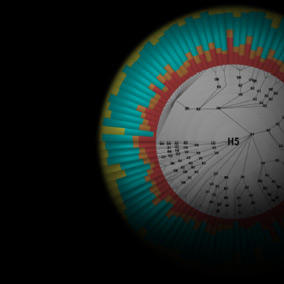
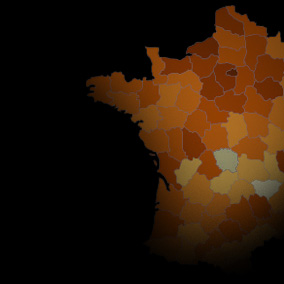
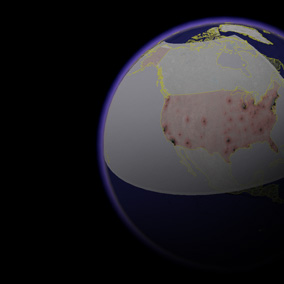
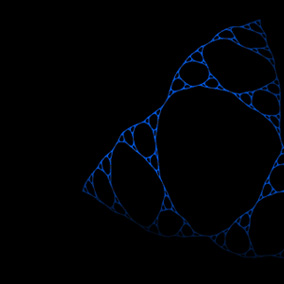
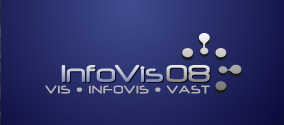

 Week-at-a-Glance
Week-at-a-Glance

